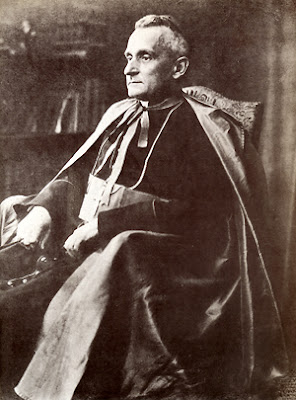This is a traditional text of the Lamb Blessing on saint Agnes day by the Pope on January 21st each year. You are invited to translate the main prayer Omnipotens et misericors Deus.
¶ Finita Missa statim Vicarius assistens vadit ad deponendum super credentiam Pluviale, Abbas vero accepta mitra, et facta cum ea debita Cruci reverentia, simul cum Diacono et Subdiacono accedit ad faldistorium, ubi sedit, depositis prius manipulis a Ministris, suumque dimittit, iterum Clerici ponunt super Altare duos Agnos, floribus in capite coronatos, cum pelvino in cornu Evangelii et Epistolæ: Cantores cantant antiphonam sequentem ( Stans, etc.) : In eodem tempore Abbas cum mitra imponit ter incensum in thuribulo de more illud benedicens ; expleta Antiphona mitratus accedit ad altare cum Ministris, et ante ipsum, mitra deposita, facta reverentia Cruci in medium ascendit, ubi manibus iunctis in tono feriali, sive cantu, has præces et orationes dicit.
¶ Postea accipit a Diacono aspersorium, et cum eo ter aspersit Agnum in cornu Evangelii in medio, a dextris, et a sinistris, et alterum in cornu Epistolæ pariter ter eodem modo, ac ter adolet incenso, quo aspersit. Deinde accepta mitra, et facta reverentia Cruci revertitur ad faldistorium ad deponenda paramenta.
Ant. Stans a dextris eius Agnus: nive candidior Christus sibi sponsam et martyrem consecravit. | Ant. |
V. Adiutorium nostrum in nomine Domini. R. Qui fecit coelum et terram. V. Dominus vobiscum. R. Et cum spiritu tuo. | Our help is in the name of the Lord Who made heaven and heart God be with you And with your spirit |
OREMUS. Omnipotens et misericors Deus qui per Moysem famulum tuum Pontificibus tabernaculos servientibus, indumenta instituisti: et per sanctos Apostolos tuos Sacerdotibus et Pontificibus Evangelicis vestimenta sacra providisti: effunde tuam sanctam Benedictionem super hos Agnos, de quorum vellere sacra Pallia pro Summis Pontificibus, Patriarchis, et Archiepiscopis conficienda sunt: ut qui eis utuntur una cum plebe sibi commissa per intercessionem B. V. et M. Agnetis (super cuius tumbam oramus) ad æternam benedictionem perducantur: Per Christum Dominum nostrum. Amen. | Let us pray. |
OREMUS. Deus qui infirma mundi eligis ut fortia quæque confundas; concede propitius ut qui Beatæ Agnetis Virginis et Martyris tuæ solemnia colimus eius apud te patrocinia sentiamus. Per Dominum nostrum Jesum Christum Filium tuum, qui tecum vivit et regnat in unitate Spiritus Sancti Deus, per omnia sæcula sæculorum. Amen. | Let us pray. God, Who hast chosen the weak things of the world to confound the things which are mighty, mercifully grant unto us that we who keep the solemn feast of thy blessed Virgin and Martyr Agnes, may feel the power of her intercession with thee. Through our Lord Jesus Christ(…). Amen |


















































